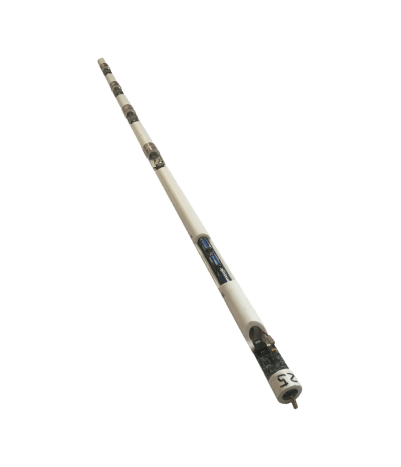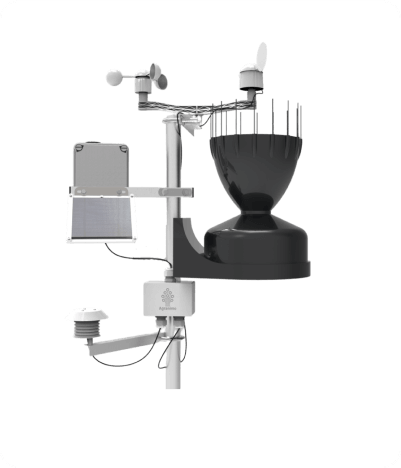Irrigation planning support
Agranimo platform calculates weekly values of Actual Evapotranspiration (ETa) for each field you select. No need for crop coefficients (Kc) or weather stations.
Based on this information, our team of agronomists can help you determine the most optimal irrigation plan for your variety.

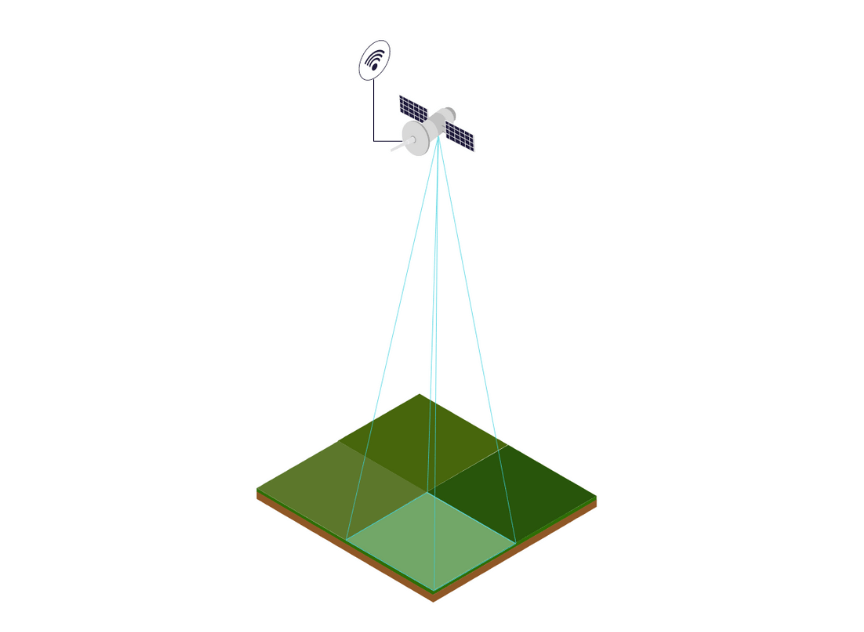
Evapotranspiration (ET) is one of the most used and simplest ways to determine exact water requirements of the plants.
Agranimo’s years of experience of soil and water management, in partnership with eLeaf, leading provider of satellite image analysis globally, allowed us to create the easiest and most cost effective way to plan irrigation across multiple fields.
How it works
- Register your farm in Agranimo platform
- Draw the management sectors of your fields
- Add information about the plants, soil and irrigation system used
- Receive a weekly ETa and NDVI information
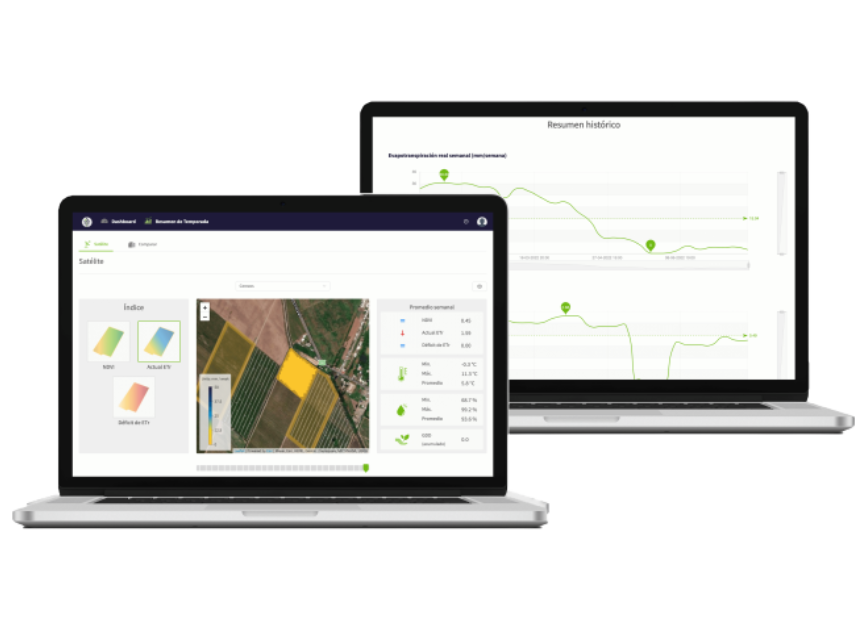
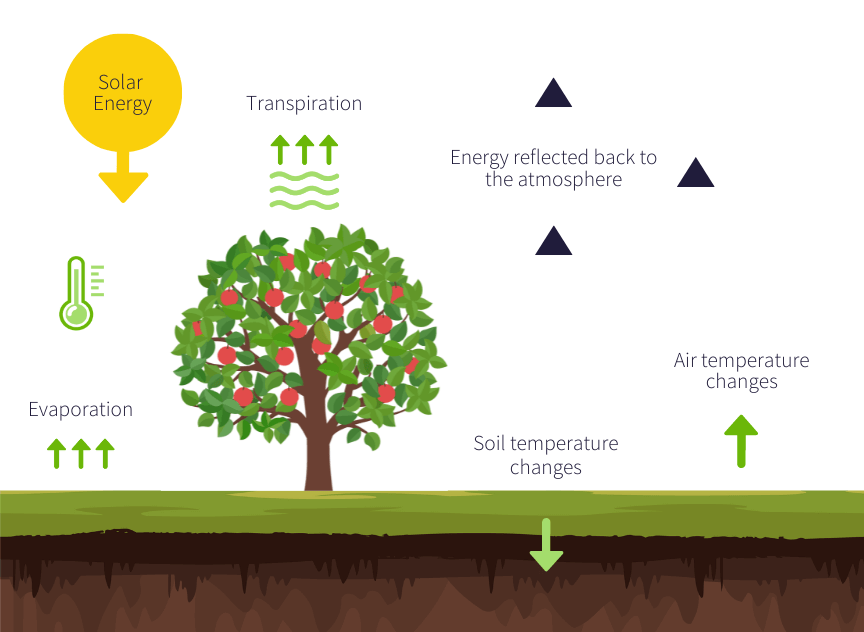
Science behind it
SEBAL (surface energy balance algorithm for land) and ET are the core algorithms used to produce the information which powers this online tool. By looking at the energy balance at the earth’s surface, the system is able to calculate the variables used in the Penman-Monteith evapotranspiration calculation.
Determining the optimal timing and duration of the next irrigation requires detailed calculation of water balance, taking into account plant water demand, irrigation system efficiency, soil water retention and weather forecast.
Agranimo’s goal is to automate this process. We are excited to build an automation, which will take away manual work of creating an irrigation plan, and enable our users to focus on other production details to achieve better yields.

Soil sensors can significantly increase irrigation efficiency and create more impact on yield.
While ET provides a good estimate of the crop water demand, soil sensors enable the farm manager to see how this water is distributed in the soil and absorbed by the plant. Such information is very important to determine when to apply irrigation, and how frequently.

